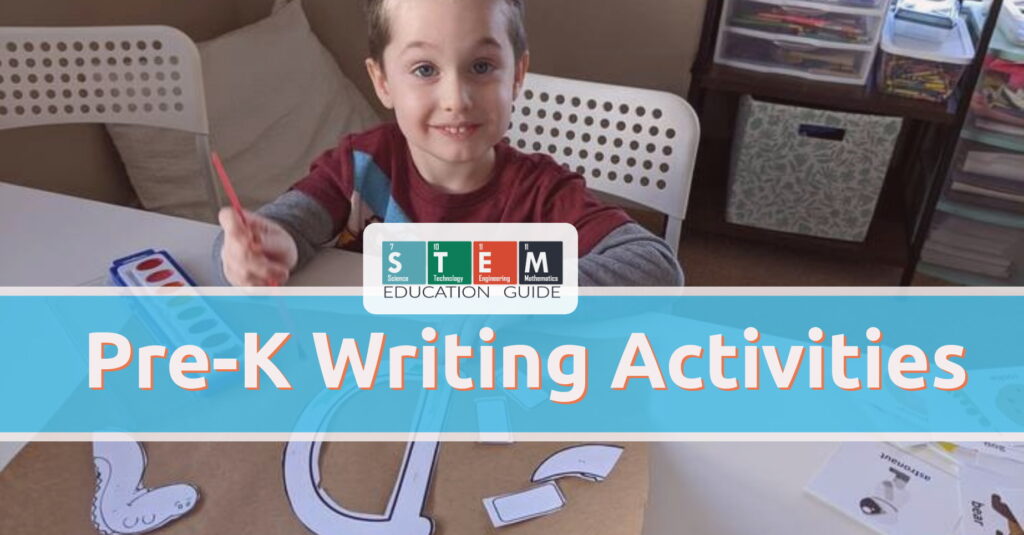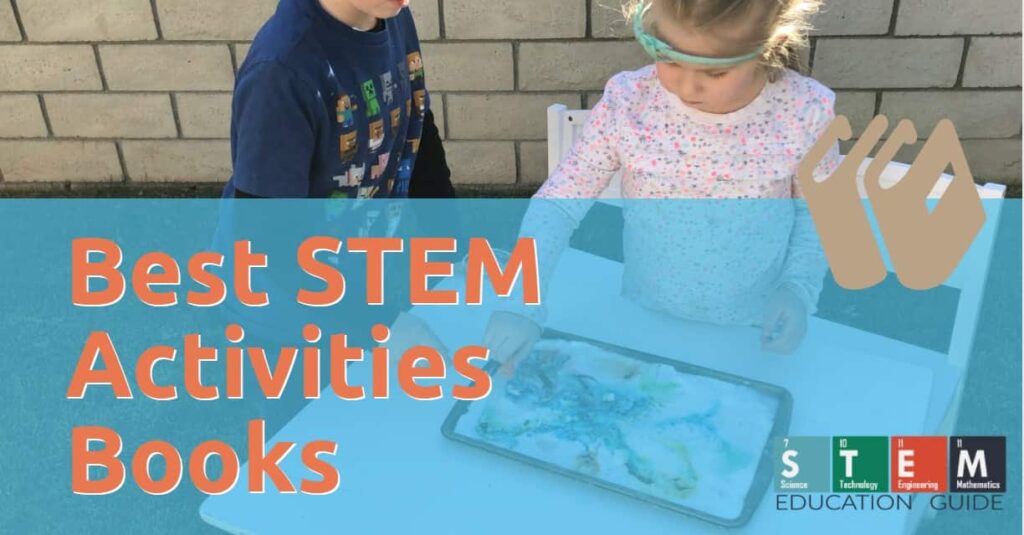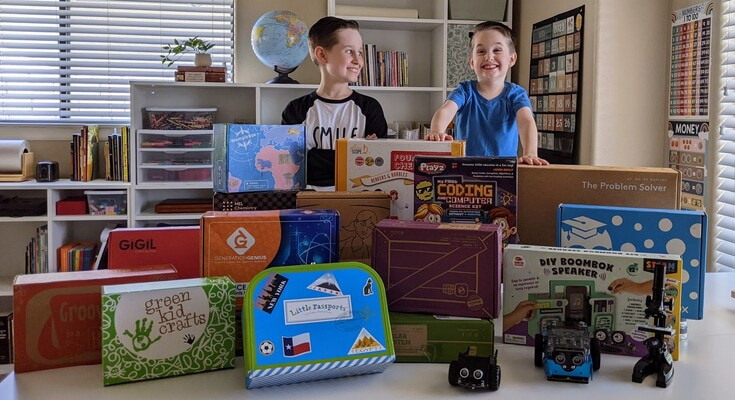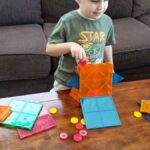Early childhood education is crucial for a child’s development.
Establishing a strong foundation through Pre-K writing activities lays the groundwork for essential skills that greatly contribute to a child’s future academic success. By engaging in these activities during the pre-K years, children develop crucial abilities that pave the way for their educational journey.
Pre-kindergarten children are at an age where they’re developing fine motor skills and exploring different ways of communicating. Engaging them in fun writing activities can foster critical thinking, problem-solving, and vocabulary improvement.
In this article, we’ll explore enjoyable and educational pre-K writing activities for parents and teachers to encourage young children’s writing skills while having a blast. These activities include games, exercises, crafts, and hands-on experiences that promote creativity, imagination, and learning through play.
Writing is everywhere in our world today. Even if your child has no desire to be a professional writer (yet), the act of writing will surely play an integral role in their lives.
Let’s explore the process of learning to write from A to Z — from letter to word to sentence.
Table of Contents
Pre-Writing Activities
In 2022, archaeologists unearthed an ivory comb bearing what is believed to be the oldest sentence ever recorded in the earliest alphabet. Perhaps a blessing or maybe an early version of product information, the sentence reads: “May this tusk root out the lice of the hair and the beard.”
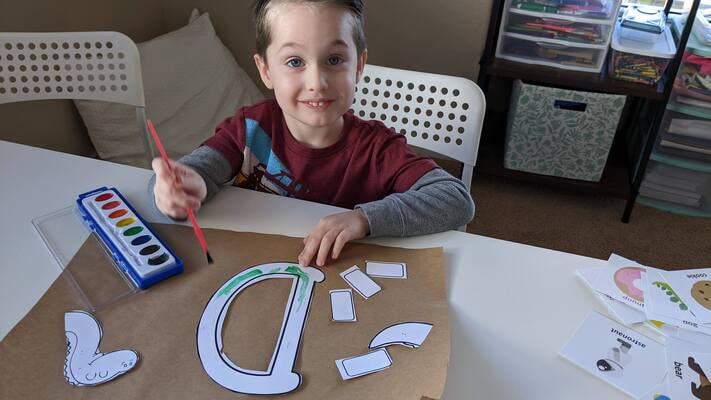
Was your baby an early crawler and/or a late walker? This might be great news for their penmanship! Strong shoulders are a foundational element that support the fine motor skills needed for writing. If you’re on social media, you may have come across this well-circulated quote from Amanda Morgan:
“Before we ever put a pencil in a child’s hands, those hands should dig, climb, press, push, pull, squish, twist, and pinch in a wide array of environments and with a variety of materials”
This is basically true — before your kids start to write, they need to develop their muscles. If you’re looking for targeted movement ideas, try this list of postural and shoulder exercises curated by Therapy Fun Zone.
You might also give your young learner opportunities to hold a pencil, pen, or paint brush from practice without any formal writing. Let them draw, scribble, and paint — it will build their grip and hone their fine motor skills. Cutting with scissors is another common arts and crafts activity that supports our writing muscles.
Letter Formation Activities
- Sandpaper Letters:
– Create or buy sandpaper letters.
– Let kids feel the texture of each letter by tracing them with their fingers. - Playdough Letters:
– Give kids some playdough.
– Ask them to roll it into ropes and shape the ropes into letters. - Chalkboard or Whiteboard Writing:
– Provide a small chalkboard or whiteboard.
– Let kids practice writing letters using chalk or dry-erase markers. - Handwriting Worksheets:
– Find printable worksheets designed for Pre-K handwriting practice.
– Have kids trace the dotted lines to form letters. - Letter Tracing:
– Use worksheets or letter cards with dashed lines.
– Encourage kids to trace the lines and shape each letter with a pencil or marker. - Finger Painting:
– Spread finger paints on a tray or paper.
– Let kids use their fingers to form letters in the paint. - Shaving Cream Writing:
– Spray some shaving cream on a table or tray.
– Allow kids to use their fingers to write letters in the cream. - Magnetic Letters:
– Provide magnetic letters and a metal surface, like a cookie sheet.
– Let kids arrange the letters to form words or sentences. - Dot-to-Dot Letters:
– Use dot-to-dot worksheets where kids connect the dots to form a letter’s shape. - Letter Formation Apps or Online Games:
Explore educational apps or online games that help kids practice letter formation through interactive activities.
It’s common for children to recognize letters starting around age three or four, and to begin writing letters between four and five years old. As children at these young ages are still practicing and establishing their pencil grip, it’s a good idea to offer interaction with the alphabet in other ways.
Tracing dotted lines is one of the most widely implemented practices for early letter formation — however, in some classrooms and learning environments, children will also use a finger (rather than a writing implement) to “write” letters on a soft surface, such as sand or shaving cream.
- Building letters with blocks
- Making tape letters and driving cars on them
- Tracing wavy and jagged lines
- Scrunching paper
- Lacing cards
My son’s preschool class practiced using tweezers to remove seeds from the center of a huge sunflower at the end of the season. They then planted the seeds in their class garden. This was a pre-writing activity that sharpened their motor skills, and it was meaningfully contextualized into their gardening practice. It was great science learning, too!
Teachers generally understand that literacy can be loosely broken into four domains: reading, writing, speaking, and listening. These are separate skills, but they also support one another. Expose your young learners to lots of print materials (books, signs, menus, etc.) and engage them in conversation whenever you can. It all weaves together in the end.
Unlock a world of creativity and imagination with these 10 incredible arts & crafts subscription boxes that kids will absolutely adore! From DIY projects to hands-on activities, each box delivers a delightful surprise, providing endless hours of fun and learning. Discover the perfect way to nurture your child’s artistic talents and foster their love for crafting in our article here.
Writing Games and Exercises
- Letter Bingo:
– Create bingo cards with letters instead of numbers.
– Call out letters, and kids can mark them on their cards. - Sight Word Scavenger Hunt:
– Hide sight word cards around the room.
– Let kids find and read the words they discover. - Roll and Write:
-Make dice with different letters on each side.
– Kids roll the dice and write down a word starting with the letter that comes up. - Alphabet Memory Game:
– Create pairs of cards with uppercase and lowercase letters.
– Turn them face down and let kids take turns flipping two cards, trying to match uppercase and lowercase pairs. - Letter Relay Race:
– Divide kids into teams.
– Call out a letter, and one child from each team races to write that letter on a whiteboard or paper. - Writing Tray:
– Fill a shallow tray with sand, salt, or shaving cream.
– Kids can use their fingers or a stick to practice writing letters and words. - Name Puzzle:
– Write each child’s name on cardstock or popsicle sticks.
– Cut the name into individual letters, and kids can assemble their names like a puzzle. - Story Starters:
– Provide sentence starters (e.g., “Once upon a time…”) to the kids.
– Let them continue the story by writing or drawing what happens next. - Picture Dictation:
– Choose a simple picture or object.
– Describe it to the kids; they can draw or write what they hear. - Story Sequencing:
– Provide a set of picture cards representing different parts of a story.
– Kids can arrange the cards in the correct order and then write or tell the story.
When selecting games, activities, and exercises for writing practice, the most important thing is to know your learner(s). Offer options instead of requirements. Engage tactile learners with hands-on activities, and lean into those easy worksheets if you have a studious little learner who likes that kind of thing (it’s not for everybody)!
My personal favorite word game as a child (which I still love today) was Scattergories. You can make your own version or use a Scattergories list generator to implement categories that are fun and accessible to your kids.
Embark on an exciting journey of discovery with our curated collection of the best STEM activities books! These captivating books offer a treasure trove of hands-on experiments, mind-bending puzzles, and awe-inspiring projects that ignite curiosity and spark a passion for science, technology, engineering, and math. Dive into this article to unlock a world of interactive learning and inspire the young innovators in your life!
Group writing is often well-liked and can be altered and scaffolded as needed. The teacher might begin writing a letter, story, summary, or other relevant text on a white board or flip chart, and kids can take turns adding words or phrases with colorful (sometimes scented) markers. Kids tend to enjoy the responsibility of using teacher tools in this way.
Writing Bingo is another game that can be easily modified based on learners’ levels. A teacher or adult fills out a bingo card with writing prompts, and the writers earn a bingo by completing a full row of prompts. For younger learners, the teacher can prompt for single words or lists. Prompts can also be depicted with pictures, read aloud, or recorded.
Technology-Based Writing Activities
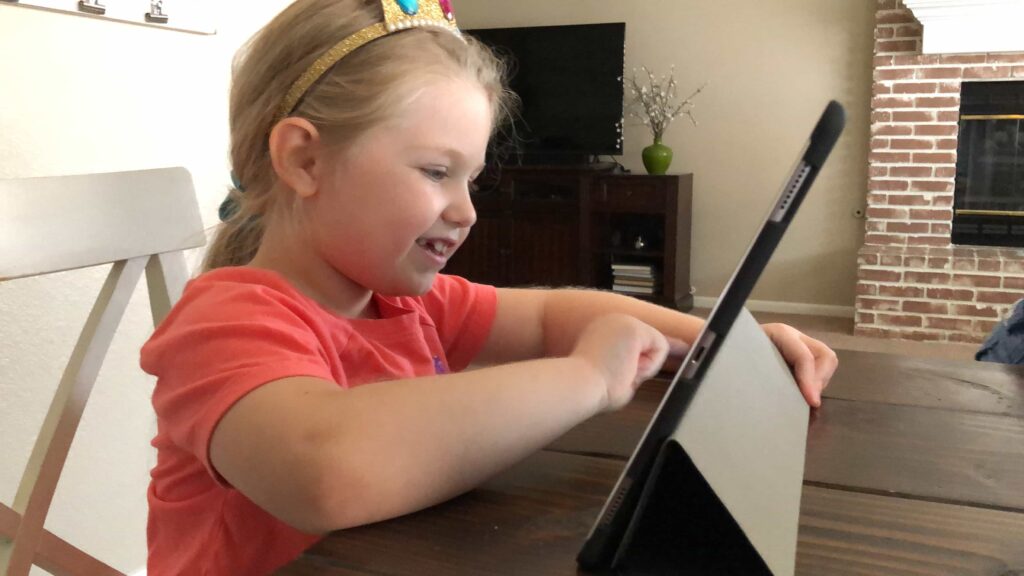
- Writing Apps:
– Use special apps designed for young kids to practice writing.
– They offer interactive activities like tracing letters, building words, and forming sentences. - Digital Storytelling:
– Let kids create their own stories using digital platforms or apps.
– They can choose characters, settings, and type or record their narratives. - Letter and Word Recognition Games:
– Explore online games or apps that help kids recognize letters and words.
– These games often involve matching, sorting, and puzzles. - Online Writing Tools:
– Introduce kid-friendly writing tools online.
– They have virtual keyboards, word prediction, and text-to-speech features to support early writing skills. - Virtual Writing Boards:
– Use online platforms or virtual whiteboard tools.
– Kids can practice writing letters, words, and simple sentences using a digital pen or their fingers. - Interactive Writing Websites:
– Visit websites with interactive activities for Pre-K writing.
– They offer letter formation practice, vocabulary building, and creative writing prompts. - Digital Handwriting Worksheets:
– Access digital versions of handwriting worksheets.
– Kids can complete them on tablets or computers using a stylus or touch input. - Online Collaborative Writing:
– Engage kids in collaborative writing projects using shared documents or digital platforms.
– They can contribute ideas and sentences with others. - Storybook Apps:
– Explore interactive storybook apps that include writing elements.
– Kids can fill in missing words or create captions for illustrations. - Digital Journaling:
– Introduce digital journaling tools or apps.
– Kids can write or dictate their thoughts, experiences, or observations, and add pictures or voice recordings.
These days, there are tons of digital apps that kids can use to practice letter formation and writing. Some of the most popular options are Starfall, ABC Mouse, ABCYa! and iWriteWords. Reading Rockets, a comprehensive and reliable source for all things literacy, has curated multiple lists of apps that support the range of literacy skills and language domains.
If you decide to utilize technology, consider what type of device supports the software, app, or game:
- Mobile apps provide an opportunity for children to trace letters with their fingers or a stylus;
- Computer-based or online games might offer typing practice, which is not only a common writing medium for many adults, but also a necessary intervention for some learners;
- Though less common, console-based games that use a controller will further develop muscles in the hand and bolster hand-eye coordination.
Wrapping Up Pre-K Writing Activities
If you want your children to be great writers, first let them play — let them grow strong, resilient, brave, creative, and focused. Talk to them, read to them, and look together at all of the words around you. Help them engage with text in ways that are meaningful and natural.
If you play games or do activities that explicitly support writing, make sure they’re appropriately leveled and highly engaging for your learner(s).
Offer support, but don’t rush the process. Good things come to those who wait.
Unleash the power of STEM education and ignite your child’s curiosity with the best STEM subscription boxes for kids! These thrilling boxes deliver hands-on experiments, mind-expanding activities, and endless opportunities for learning and fun. Get ready to inspire the young innovators of tomorrow by exploring this must-read article that unveils the top subscription boxes that bring science, technology, engineering, and math right to your doorstep!

